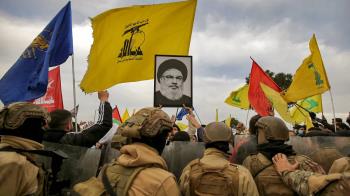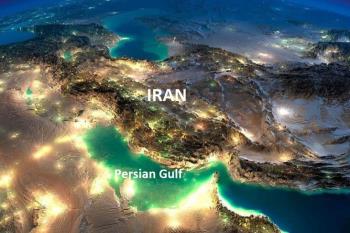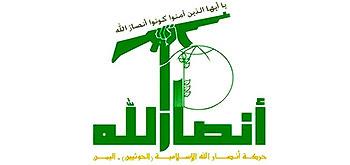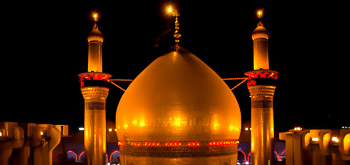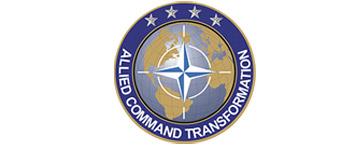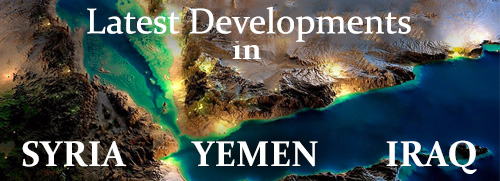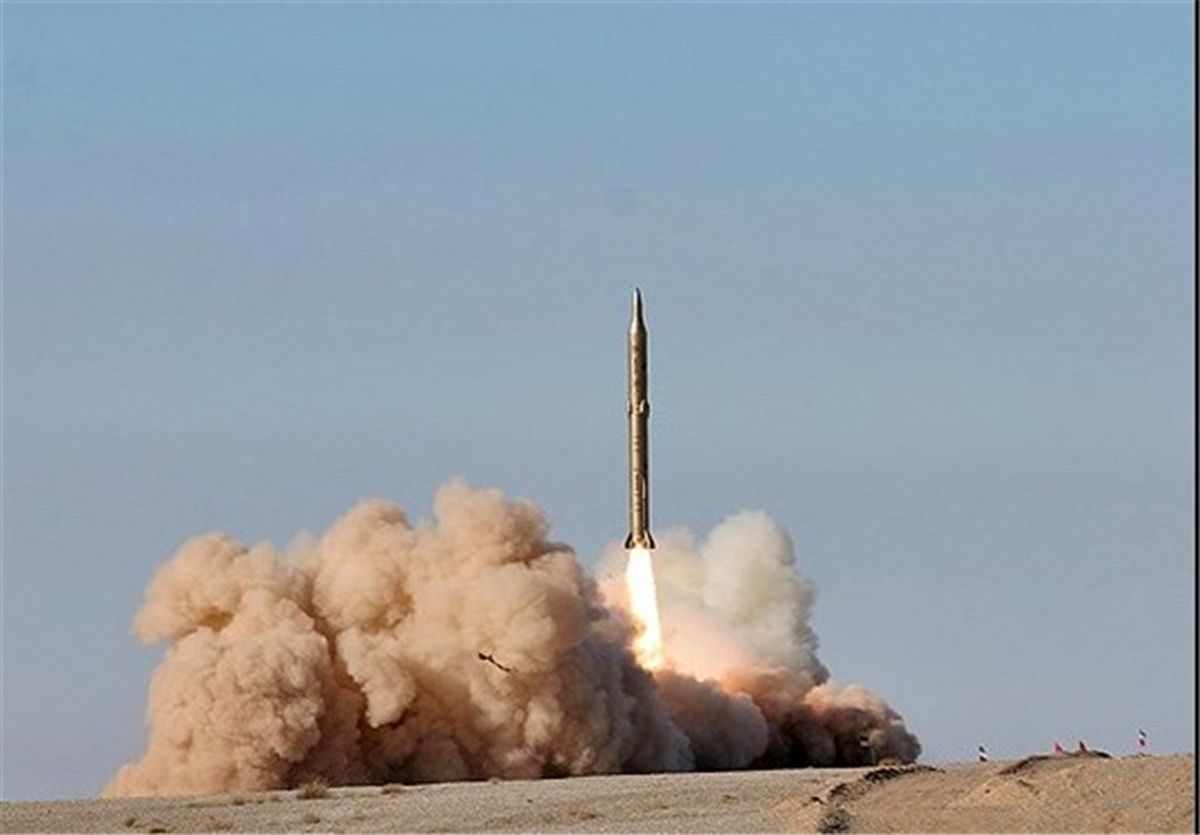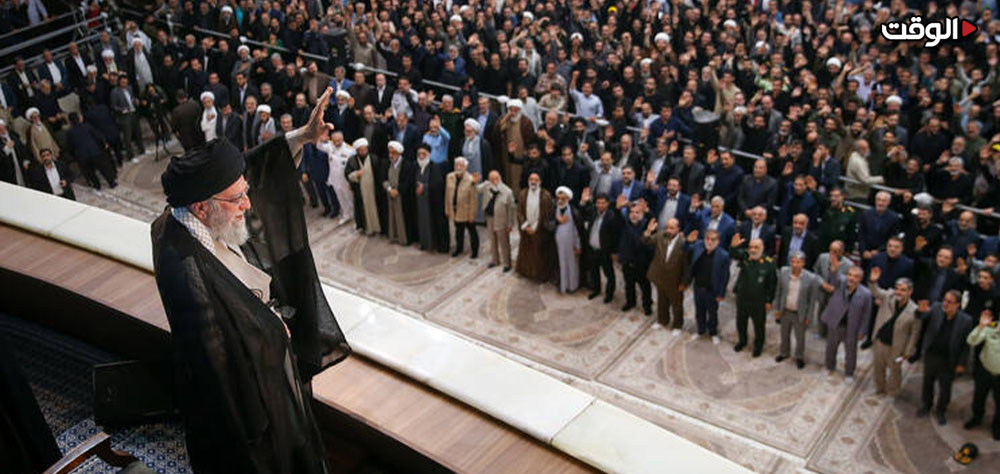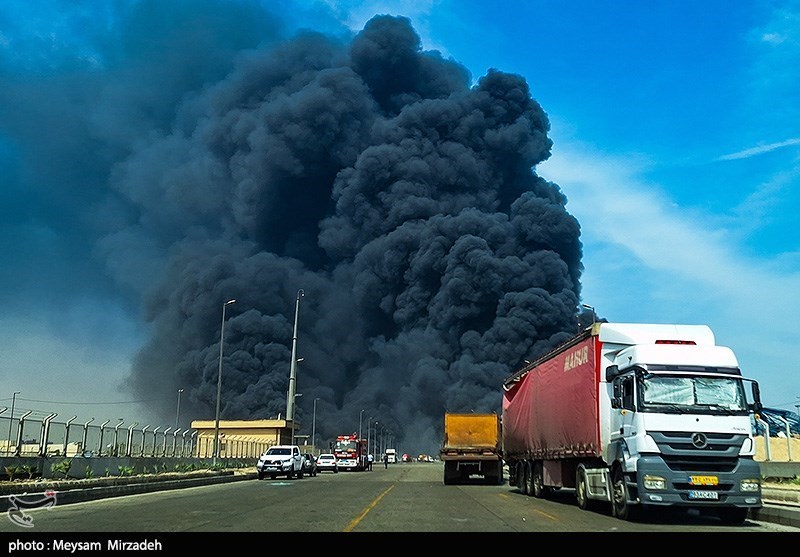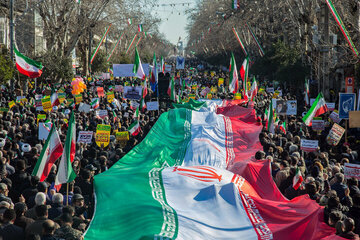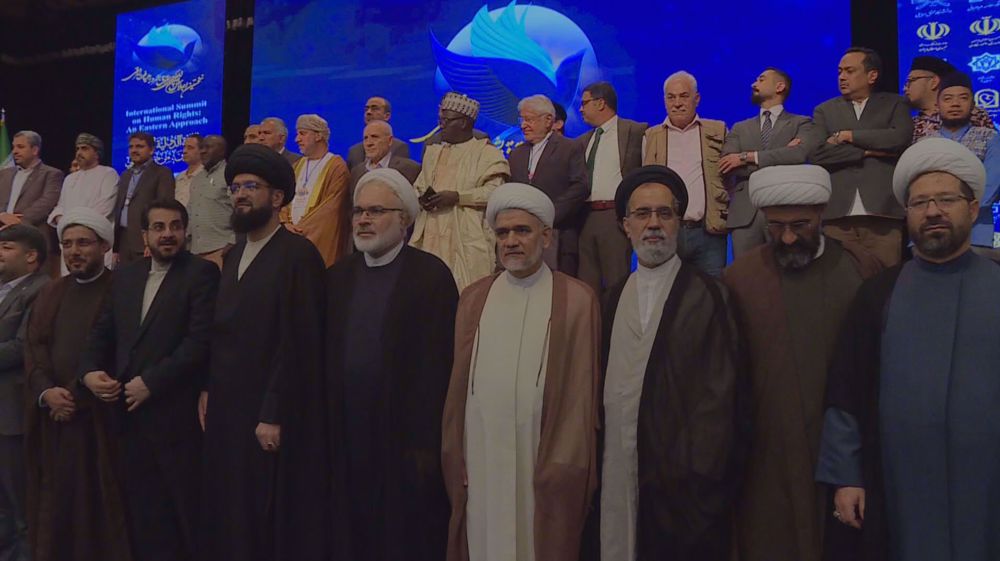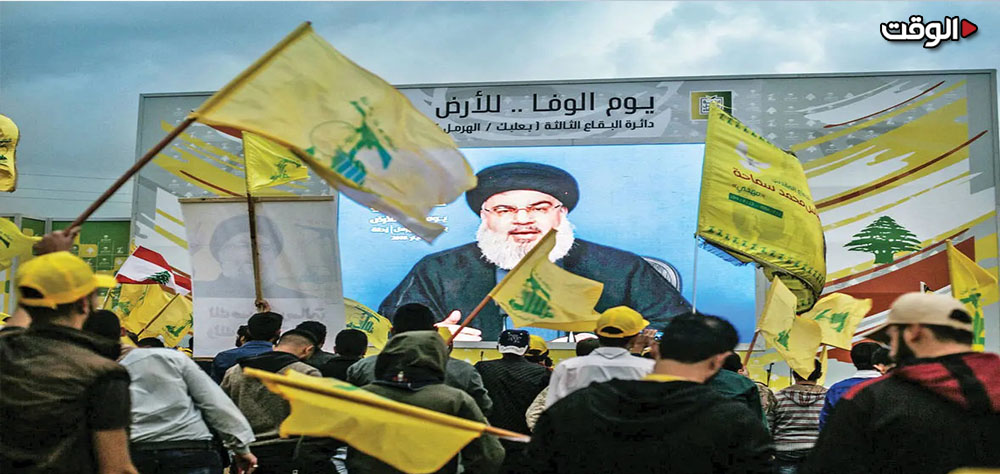Alwaght- In recent years, the Islamic Republic of Iran has created a significant transformation in the security equations of the region by developing advanced missile and drone technologies, especially in the field of hypersonic and untraceable missiles.
The unveiling of the Qassem Basir missile this week, one of Iran's latest missile achievements, demonstrates the depth of the country's military advances. With unique capabilities such as super high speed, maneuverability of the warhead until the moment of impact, and resistance to jamming and other electronic warfare techniques, these missiles are capable of beating the world's most advanced air defense systems, and there is practically no way to counter them.
However, the unveiling of this missile in the midst of indirect nuclear negotiations between Iran and the US and occasional threats from White House officials about the possibility of direct or indirect military action by the Israeli regime against Iran's nuclear facilities, as well as the escalation of the conflict in the Red Sea and the threats of the US and Israeli defense ministers chiefs against Tehran, bears meaningful messages that the Islamic Republic is prepared for any scenario and can unveil various options in the face of threats and pressure.
Iran's missile capabilities: A mix of speed, precision, and counter interception technology
Iran has become one of the world's leading missile powers in recent years. The first steps towards military self-sufficiency and moving towards missile production based on a local defense doctrine commensurate with capabilities and limitations, threat centers, and forecasting future trends were taken during the years of Saddam Hussain's war on Iran in the early 1980s. The continuation of this trend, with the perseverance and increasing knowledge of young scientists over the following decades, has led to Iran not only making significant progress in increasing the range and accuracy of its missiles, but also, by developing hypersonic technologies and advanced guidance systems, producing missiles that are difficult or even impossible for defense systems to intercept.
Hypersonic missiles: Smashing the enemy defenses
Hypersonic missile is usually referred to as a missile that has a speed of more than 5 times the speed of sound. In aerodynamics, hypersonic speed is a speed that exceeds five times the speed of sound, often starting at speeds of Mach 5 and above.
Iran's hypersonic missiles, such as the Fatah 1 and 2 and the Khyber (Khoramshahr 4), fly at speeds in excess of Mach 5 (6,000 km/h). This incredible speed, combined with the ability to shift course in flight, has made them a nearly undetectable weapon. Defense systems such as the Patriot and THAAD, which are designed to counter conventional ballistic missiles, are not very effective against such missiles.
In the meantime, the Qassem Basir missile, as one of Iran's latest achievements, offers a combination of long range, high accuracy, and the ability to carry specialized warheads. This missile can hit strategic targets with very little error. Also, due to the use of electronic warfare resistant technologies, enemy jamming systems have little effect on its performance.
Ballistic and cruise missiles: Diversity in threat
Iran has one of the most diverse missile arsenals in the region. In Iran’s numerous underground missile cities, most of which have not yet been unveiled, according to General Alireza Hajizadeh, head of the IRGC Aerospace Force, a variety of ballistic missiles with different ranges and capabilities, such as Shahab, Ra’ad, Zafar, Sajjil, Persian Gulf, Khyber, Khyber Shakan, Zulfiqar and Fatah, are capable of targeting enemy vital points with meter-level accuracy, while cruise missiles such as Asif, Sumar (its new generation called Paveh), Huwayzeh, Abu Mahdi and Qadr fly at low altitudes, hiding from enemy radars. This diversity in missile capabilities allows for coordinated and massive attacks.
Iran ready for all scenarios
As mentioned, the unveiling of a new military achievement, or perhaps one could cautiously say the tip of the iceberg of Iran’s military-defense power is taking place in a situation where the US and the Israeli regime have stepped up their military threats.
While Trump and Netanyahu’s close associates are making nonsense of the need to completely dismantle Iran’s peaceful nuclear program and the country’s legitimate defense capability in the missile field based on a scenario that eyes making Iran another Libya as the main goal of indirect negotiations, Trump and Netanyahu’s failure to confront Yemen’s Ansarallah has caused them to blame Tehran for the successful missile attacks deep into Israel, the downing of American drones and fighter jets, and the killing of this country’s soldiers, in order to minimize the defeat.
In these circumstances, by unveiling its new missile achievement, Iran firstly issued the message that, as it had previously announced, there will be no negotiations about the country's defense capabilities, and that progress in the missile and drone fields is on the agenda at a rapid pace and without stopping. Secondly, if the enemy makes a mistake in its calculations and plans any military adventure, Iran, relying on the weapons capabilities and maximum readiness of the armed forces, will not hesitate to respond and target American interests and bases and the depths of the occupied territories. In this case, no defense system will be able to repel Iran's devastating blow.
American military bases within Iran's missile range
The US has dozens of military bases in West Asia and elsewhere, many of which could be targeted by Iranian missiles if tensions escalate. Some of the most important of these bases include:
Al-Udeid Air Base in Qatar: This base is one of the largest US military command centers in West Asia region and plays a vital role in the country’s air force operations. Given its relatively short distance from Iran, this base would be one of the first targets for Iranian ballistic and hypersonic missiles in the event of a conflict.
Incirlic Air Base in Turkey: This base, which hosts US and NATO fighter jets, is within range of Iranian long-range missiles. Missile attacks on this base could severely weaken US operational capabilities in the region.
Al-Harir Air Base in Iraq: Despite the reduction of the US military presence in Iraq, this base continues to house US military advisors and is vulnerable to Iranian missile attacks.
Threats to the US naval fleet in the Persian Gulf
The US Fifth Fleet in Bahrain: This fleet, which is responsible for the backbone of US naval power in the vast Persian Gulf to the Horn of Africa and the Indian Ocean, will be the target of anti-ship missiles such as the Persian Gulf and the Zuhair in the event of a conflict with Iran. The defense systems of these ships, such as the AEGIS systems, are less effective against Iran's hypersonic and maneuverable missiles. Recently, the US media have also given the title of the Red Wasps of the Persian Gulf to various types of Iranian missile-equipped fast boats and also reported on the dangers of the Tariq-class light and medium-heavy submarines in making the Persian Gulf unsafe for the US military fleet.
Strategic military bases off the region
Diego Garcia military base in the Indian Ocean: This base, which is considered one of the most remote US military bases, has hosted American B-52 and B-2 strategic bombers in recent months, and Western media have interpreted amassment of bombers at this base as a threat to Iran. It seems that this base was chosen because it is safe from Iranian long-range missiles. First, Iranian military officials have repeatedly stated that there are no technical restrictions on expanding the range of missiles and that the distance of missiles is defined solely based on the sources of the threat, and therefore, if the range of Iranian missiles increases, this base could also be threatened. Second, today Iran has warships capable of carrying missiles and drones, including the logistics ship Shahid Mahdavi and the drone carrier Shahid Bagheri, which expand Iran's missile and drone operational depth. Thirdly, certainly, in a time of military conflict, Tehran will have no obligation to abide by the bilateral agreements between the US and Iran's neighboring countries to maintain the security of American bases as a hostile state, and declaring the neutrality of the countries hosting these bases will only secure their interests, not those of the US.
Why are US air defenses incapable against Iranian missiles?
Despite the advanced nature of US air defense systems, these systems face numerous challenges against Iranian missiles.
Patriot and THAAD: These systems are designed to counter conventional ballistic missiles and are not very effective against hypersonic missiles with speeds exceeding Mach 5, as the deployment of this defense system in Saudi Arabia failed to prevent the Ansarullah attack on Aramco oil facilities in 2019.
Radar systems: US radars are mainly optimized for tracking fixed-path missiles and have difficulty tracking missiles that constantly change their path. In fact, the new generation of Iranian missiles have the ability to be guided to the point of impact, and as a result, radar and defense systems are not able to predict the point of impact and the trajectory of the missile.
The impact of electronic warfare and deception of defense systems
Radar Jamming Technologies: Iranian missiles can use electronic warfare systems to deceive enemy radars.
Radar and thermal camouflage: Radar-absorbing coatings and reduced thermal signatures reduce the likelihood of Iranian missiles being detected.
Threat of missile rain
Even if US defense systems can intercept some of the missiles fired, the large volume of Iranian missile attacks could overwhelm them. Iran has thousands of ballistic and cruise missiles, and if they were launched in large numbers, they would be hard to intercept.
Shift of balance of power in favor of Iran
Iran's missile advances, especially in hypersonic technology and anti-interception missiles, have made many of the US bases in the region and even beyond it under serious threat. Current US air defenses cannot effectively deal with these threats and this enhances Iran's deterrence power.

